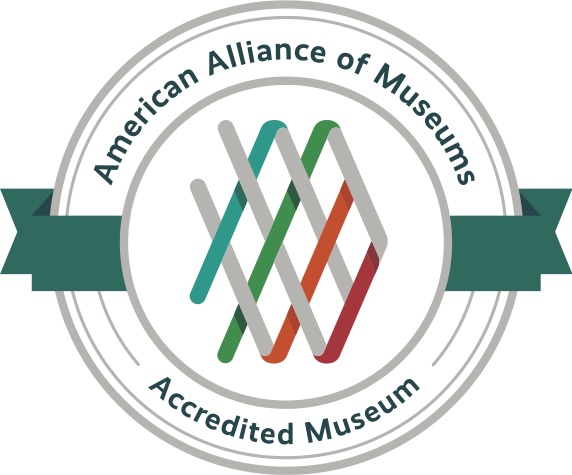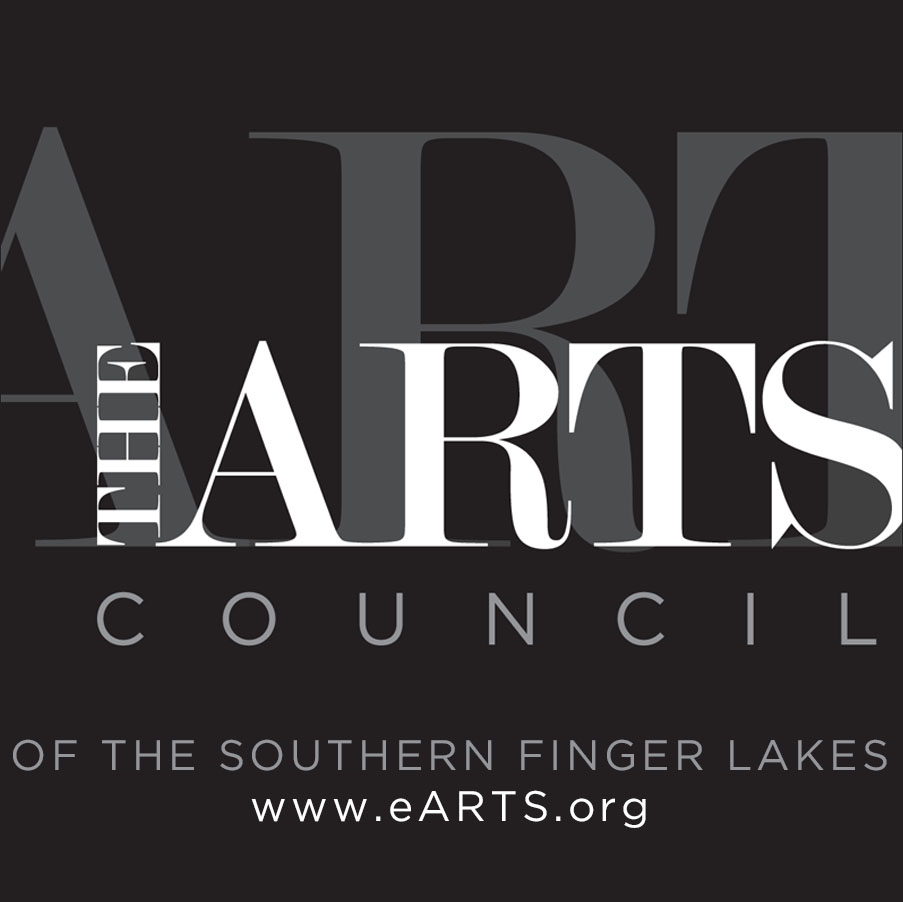A Historical Summary
The Museum's First 100 Years In 1910, Matthias Arnot’s generous bequests of his collection, home and endowment, created the foundation of today’s Arnot Art Museum. In 1913, the renovated Greek-Revival home built the year of Matthias’ birth,1833, by John Arnot, Sr. opened as the Arnot Art Gallery. Since then it has grown to become one of the leading cultural institutions in the region.
Matthias Arnot graduated from Yale in 1856 and returned to Elmira to work at the family-owned Chemung Canal Bank. Mr. Arnot worked his way up to President of the Bank and assumed responsibility of all family business concerns. Although Matthias did not share his siblings’ love of public engagements, he served on the local Board of Education, New York State Reformatory and the Arnot-Ogden Memorial Hospital Board. He also served as President of Arnot Realty Corp., Elmira Lumber Co., Chemung County Gas Co., Junction Canal Co. and Plank Road Company.
Between 1869 and 1870, Matthias Arnot made his first fine art purchases, one of which was the commission of a marble bust of John Arnot, Sr., created by Chauncey Bradley Ives, an American artist living in Rome. He purchased work at the Centennial Exposition in Philadelphia in 1876 and, in 1882, Mr. Arnot attended the infamous Hamilton Palace Sale, where his high bids on the collection at auction gained him international fame. A London correspondent for the New York Tribune noted that, “…the general impression is that no formidable competitor from America has had much to do with the bidding prior to Mr. Arnot. Mr. Arnot bought one picture for $10,000…Who is Mr. Arnot?”
Later, Mr. Arnot commissioned the addition of a picture gallery to the family home from Pierce & Bickford in the 1890s to better accommodate his continuously expanding collection. His gallery is typical of the private art galleries found in the homes of many wealthy Americans in the late nineteenth-century. Matthias Arnot issued a standing weekend invitation to his fellow community members to visit his home and collection. Mr. Arnot formed a legacy during his lifetime that has continued to make it possible for generations of area school children and adults to experience, learn and to create art.
Matthias Arnot’s bequests upon his death in 1910 not only established a museum of art, but benefited a cross-section of the City of Elmira including organizations such as the Arnot-Ogden Memorial Hospital, Southern Tier Orphan’s Home, Board of Education of the City of Elmira, a multitude of local religious organizations including the Congregation Children of Israel, St. Patrick’s Catholic Church, Trinity Church, Hedding Methodist Episcopal Church to name a few. His will required his sister Fanny Arnot Haven and her daughter Marian Arnot Wickes to “cause to be created” the Arnot Art Gallery. A memorandum to his executors named seven of the original incorporators of the Museum, directing them to select an additional two. These first trustees were members of the Arnot family, friends and prominent community members who understood his wishes.
- Judge Frederick Collin became the first President of the Arnot Art Museum. He served as Mayor of Elmira in 1894, as well as, a director and counselor for the Chemung Canal Trust Company.
- Ray Tompkins assumed the role of Vice President. Mr. Tompkins was an officer and director of over one dozen companies and institutions, including the Chemung Canal Trust Company; the Elmira Water, Light and Railroad Company; Elmira College; and the Arnot-Ogden Memorial Hospital.
- Casper G. Decker, who founded the Elmira Knitting Mills and was director of Thatcher Manufacturing Company, was announced as Secretary.
- Burton S. Chamberlain took the role of treasurer, having served a tenure as director of the Chemung Canal Trust Company.
- James B. Rathbone, husband of Harriet Arnot, became the second President of Chemung Canal Trust Company.
- Edward J. Dunn was the Manager of Arnot Real Estate; third President of Chemung Canal Trust Company in 1919; President of Eclipse Machine Company; Trustee of the Chemung County Historical Society, President of the Arctic League.
- Rev. Dr. William T. Henry served as Pastor of the Baptist Church besides in conjunction with his service to the Board of Trustees at the Arnot Art Museum.
- Eugene Diven, a member of the American LaFrance Fire Engine Company, died prior to the opening of the Gallery and was replaced by Elizabeth Falck.
- Elizabeth Rathbone Falck was the daughter of James B. and Harriet Arnot Rathbone.
- Harriet Arnot Whitney, daughter of Stephen Tuttle Arnot, became a member of the original Board of Trustees of the Arnot Art Museum.
In his Memorandum for the Trustees of the Arnot Art Gallery Mr. Arnot advised his selected trustees to, "...remember that the enjoyment and benefit which I hope this community will receive through this corporation will depend to a substantial extent upon the thought and services they shall give it. I have founded, but they must build and administer."
When the Arnot Art Gallery opened to the public in 1913 the building had undergone two years of alternations by the firm of Pierce & Bickford, converting the interior from a family home to an art gallery. While the Gallery’s first president, Judge Murdock Diven, served the Museum until 1936, Jeanette Murdock Diven was the Arnot Art Museum’s first Museum Director, serving in this capacity for 30 years.
Alexander Diven Falck was President of the Corning Glass Works from 1920 to 1928, Chairman of the Board from 1929 to 1941 and Honorary Chairman until his death in 1950. Mr. Diven Falck was the President of the Arnot Art Museum’s Board of Trustees from 1936 to 1950 and succeeded by his wife, Elizabeth Rathbone Falck, from 1950 to 1956. Alexander D. Falck, Jr. became President of the Board of Trustees in 1956 and served until 1970. Alexander Jr.’s wife, Natalie B. Falck, served as President of the Board of Trustees from 1976 to 1979 and their son, Alexander D. Falck, III, was President from 1995 to 1998. The Museum’s largest gallery, the Falck Gallery is named in recognition of the family’s dedicated service to the Museum.







